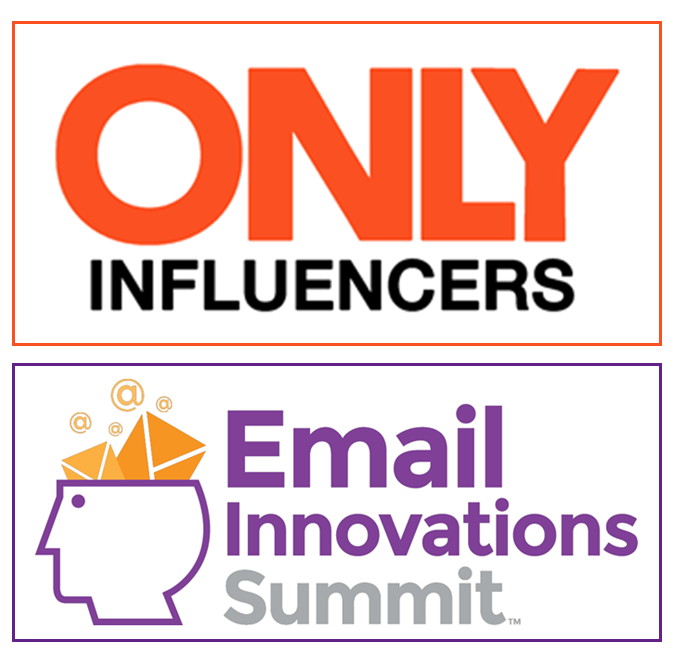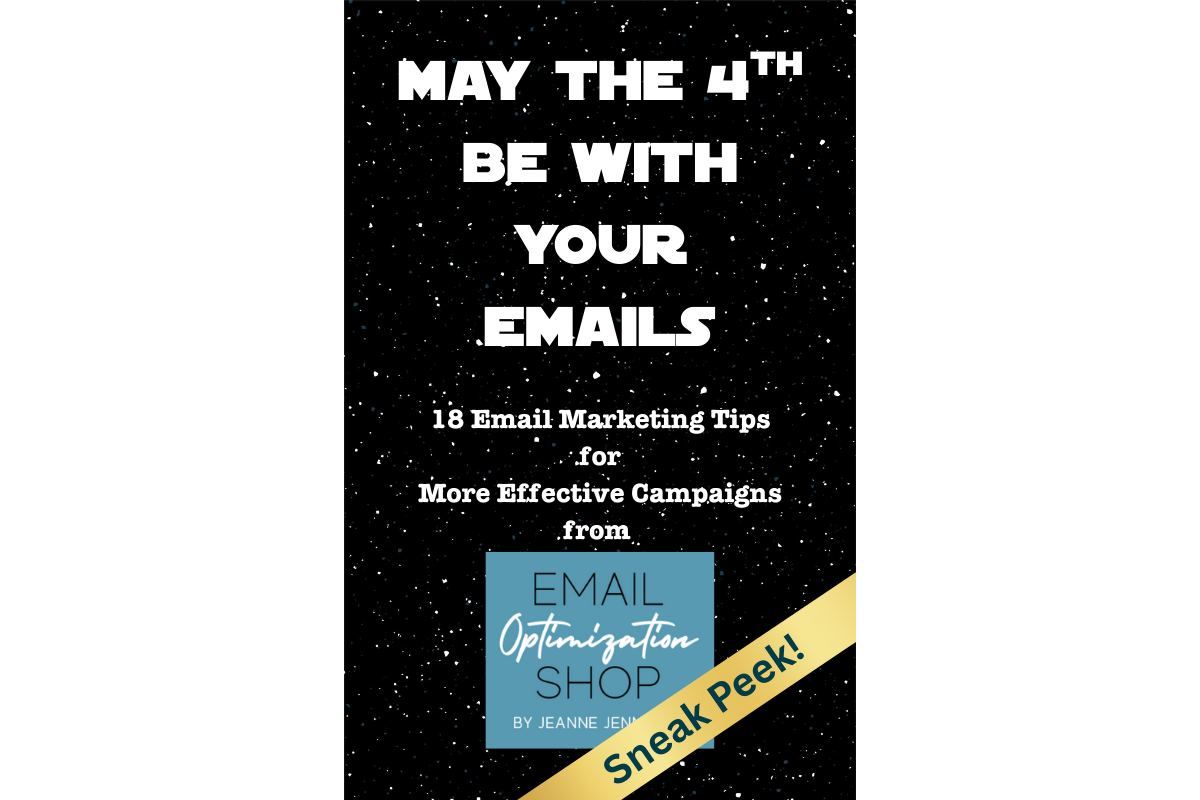I am a numbers person. When I work with clients, I always want to start with the data. The data helps me understand how subscribers are interacting with the email program. And how they interact with the email messages, what they think about the program, is more important than what I think, or even what the client thinks.
But even without numbers, there are email marketing standards and best practices that you can apply which are very likely to boost your bottom-line performance.
Standards and best practices have fallen a bit out of favor as of late. I see many, many articles about when and how to ignore standards and best practices to improve performance. That’s fine. Even I sometimes break the rules.
The thing that concerns me is that many email marketers I meet don’t know the standards and best practices to begin with. You can’t thoughtfully break a rule if you don’t know what the rule is. And while it’s cool to break the rules, what’s truly cool is doing what drives the best bottom-line performance for your program – regardless of whether it’s a best practice or goes against the standard.
So here are some standards, best practices, tips, and the like that can be applied to improve just about any subject line. As always, you should test all these with your own creative and your own list to make sure they work for you, but these are usually simple ways to boost performance.
Subject Line, Preheader Text, and Headline
I consider these the ‘prime real estate’ of an email message. The subject line and preheader text can be seen in the inbox even before the email is opened; if the recipient is using a preview pane, then the headline can usually also be seen.
As the prime real estate, these are the critical items (along with from line) that can motivate people to open your email message (or not).
1. Have the subject line, preheader text, and headline build on each other
This is critical. I’ve written a good deal about this using the data to support the best practice, but it’s worth saying again. The subject line, preheader text, and headline should not all be the same.
I view these as three pieces of a whole; they should each stand on their own, but together their impact should be greater than the sum of their parts. Think about the key messages you want to convey to motivate people to open the email and engage with you content. Then prioritize them and split them up between your subject line, preheader text, and headline.
2. Make sure they clearly communicate what you want the reader to do
Sometimes people try to get too cute with subject lines. The ‘teaser’ subject lines, the ‘aspirational’ subject lines, you know what I’m talking about. Things like: “Who should win?” when you’re asking them to vote for an award. Or “Great seeing you!” after someone visits your booth at a conference.
Here’s the thing: when I test a straight-forward, benefit-oriented subject line against them, the test usually wins. So, by all means, try it – but be sure that a more direct approach isn’t a better way to drive your readers to action.
Think about benefit your reader will get from reading the email – then use that to craft a subject line.
3. Use the word ‘you’
‘You’ is a very powerful word. It grabs the readers’ attention and makes it clear that you are speaking to them. It also forces you, the marketer, to think in terms of what’s in it for the reader – which is what every subject line should express. Always try to include ‘you’ or ‘your’ or ‘you’re’ in the subject line.
This is especially true if you find your subject lines using ‘our’ – this is a clear sign that your subject line is talking about your company/product, instead of about the benefit your company/product provides to your customers.
4. Focus on the first 25 characters of each
The first 25 characters are all you can guarantee your readers will see of your subject line and preheader text due to truncation (look at the email client on your phone and you’ll see what I mean), so make them count!
This is standard operating procedure when I work with my clients, and this simple rule has resulted in some big wins when we A/B split test. Note – it’s not that the subject line and preheader text should ONLY be 25 characters, it’s that the important information should be in the first 25 character.
And as far as headlines go… if they appear at the top of the email, they may be seen in the preview pane. Here the truncation issue isn’t as cut and dry. It depends on the user’s settings. But there’s no reason not to use this rule here – the beginning of a sentence or phase is your chance to pull people in to read it all.
5. Develop algorithms or formulas that you can test, prove, and then leverage again and again.
It’s great to get a learning you can leverage once to boost performance. It’s exponentially better to get a learning you can leverage over-and-over again, on multiple emails in perpetuity (or until you test into something better). How to do this? With a formula.
Test things that help you develop that formula. In retail, we often test percent off versus dollars off. For newsletters, you can test using the title of the first (or last) item in each issue, compared to a generic statement. When you’re testing, think in terms of things that you can leverage in many other emails going forward.
And don’t forget to test shifting messages between your subject line, preheader text, and headline. Sometimes that key message is more powerful in the subject line than in the header – and vice-versa.
6. Always use a business metric as your key performance indicator (KPI) when you are testing
Yes, this applies even when you’re testing subject lines, preheader text, and headlines. Your KPI should NOT be open rate. Because usually it’s not just about getting people to open your email – it’s about them taking an action on the email (and sometimes then another action on the landing page) to take the action that helps your business.
A subject line, preheader text phrase, and/or headline that gets the open but nothing more isn’t a winner when your conversion involves a click. Don’t make this mistake!

Photo by Dawid Zawiła on Unsplash






